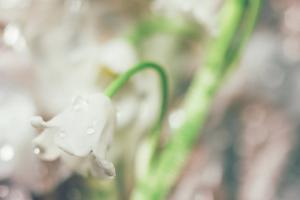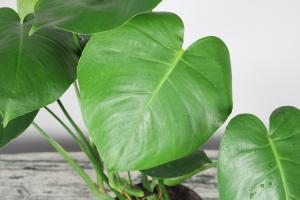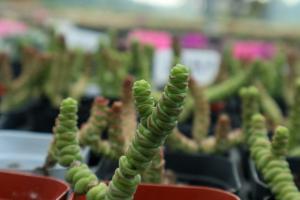Introduction
Plant pots come in different sizes and shapes, and choosing the right size is critical for healthy plant growth. Not all plants have the same size requirements, and the pot size can affect the roots' growth and the plant's overall health. Therefore, knowing how to measure plant pot size is essential for successful gardening.
Measuring Plant Pot Size
The standard way of measuring plant pot size is by its diameter. The diameter is the measurement across the widest part of the pot's top opening, from one edge to another, passing through the center. Generally, the pot size is given in inches or centimeters. For example, a 6-inch plant pot has a diameter of 6 inches.
Measuring the diameter is not only essential for determining the plant's pot size but also for assessing the right size for transplanting. As plants grow, they require more room for their roots to spread and access nutrients and water. As such, you may need to transplant the plant into a larger pot, and measuring the pot's diameter is crucial in choosing the right size.
Depth and Volume
The pot's depth is another critical factor when measuring the plant pot size. The depth is the vertical measurement from the top of the pot to the bottom. The pot's depth affects the roots' growth, and some plants require deeper pots than others. For instance, vegetable plants require deeper pots to accommodate the root system than flowers.
Additionally, the pot's volume is essential in determining the plant's pot size to ensure the roots have enough room to grow. The pot's volume is the calculated amount of soil that can fit into the pot, measured in cubic inches or centimeters. You can calculate the pot's volume by measuring the diameter and depth and applying the formula for cylindrical objects, i.e., π x r2 x depth, where r is the radius (half of the diameter).
Consider the Plant's Size
When measuring the plant pot size, it is essential to consider the plant's size and growth habits. Some plants naturally grow tall, whereas others tend to spread out. Determine the type of plant you want to grow and measure the pot's diameter and depth accordingly. A plant that requires a deeper pot will not thrive well in a shallow pot, and vice versa.
Also, consider the plant's age when measuring the pot's size. Young plants require smaller pots initially and gradually move to larger ones as they grow. Matching the plant's age with the right pot size ensures adequate root development and prevents overcrowding, which can hinder growth and cause root diseases.
Conclusion
Measuring plant pot size is crucial for successful gardening, and it involves determining the pot's diameter, depth, and volume. Understanding the plant's size and growth habits is essential in choosing the right pot size and ensures healthy plant growth. With the right pot size and proper care, your plants can thrive and bring life to your indoor or outdoor space.

 how many times do yo...
how many times do yo... how many planted tre...
how many planted tre... how many pine trees ...
how many pine trees ... how many pecan trees...
how many pecan trees... how many plants comp...
how many plants comp... how many plants can ...
how many plants can ... how many plants and ...
how many plants and ... how many pepper plan...
how many pepper plan...






























